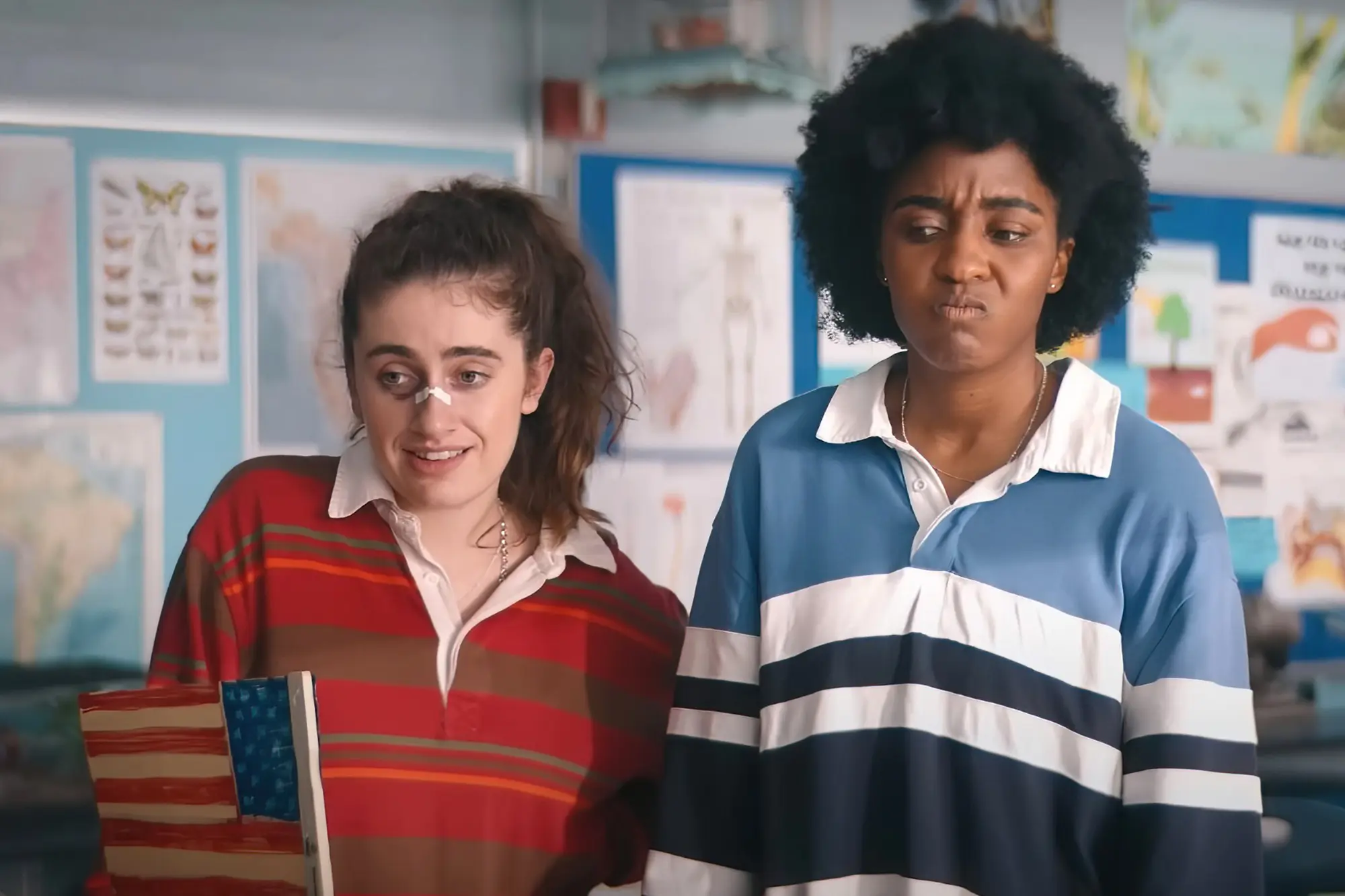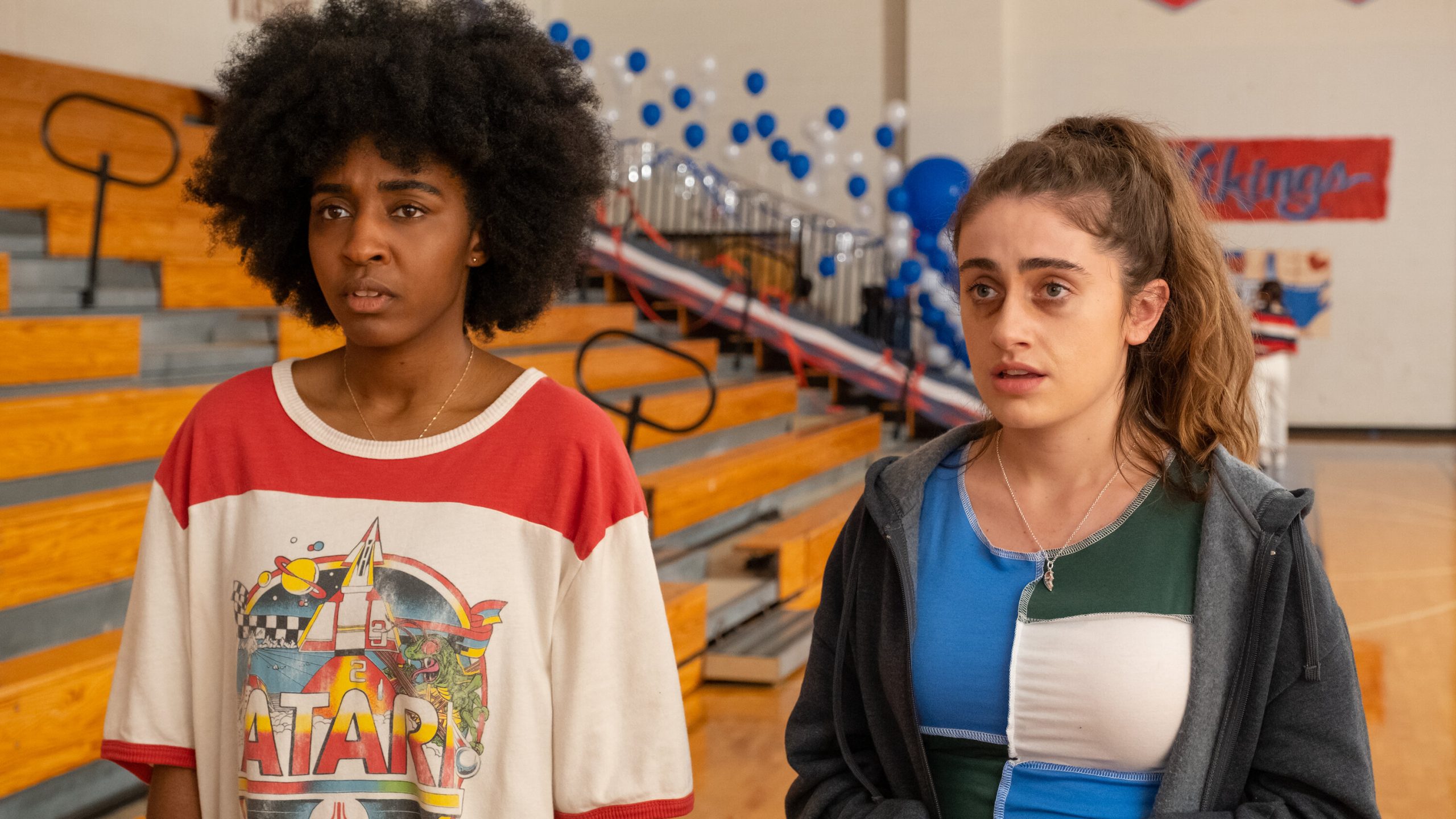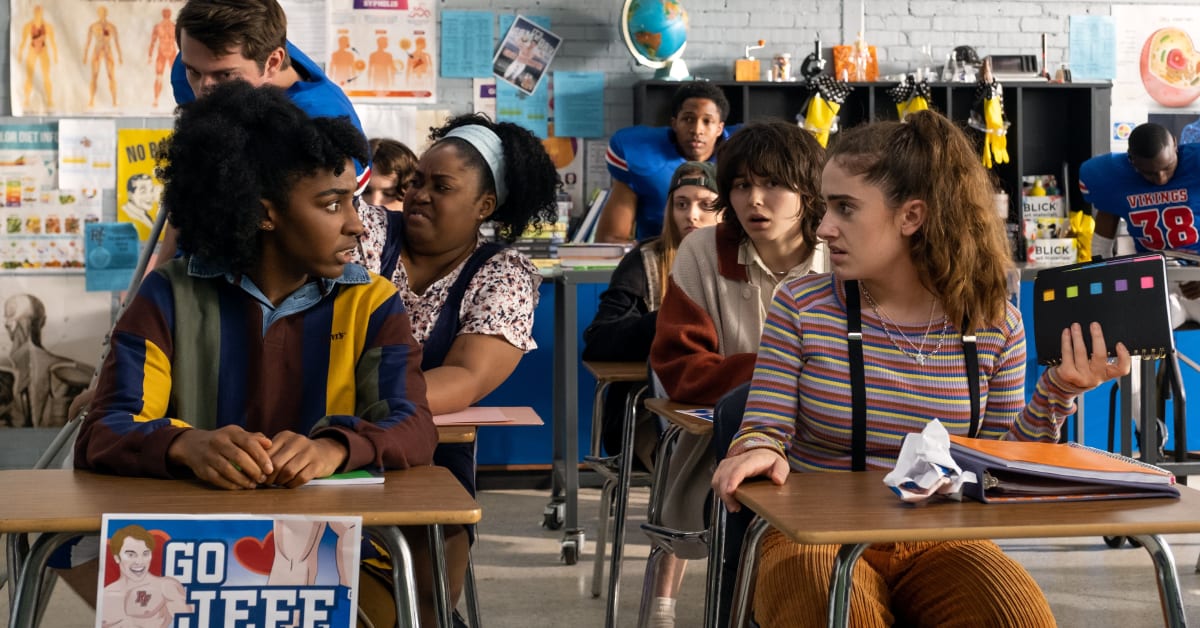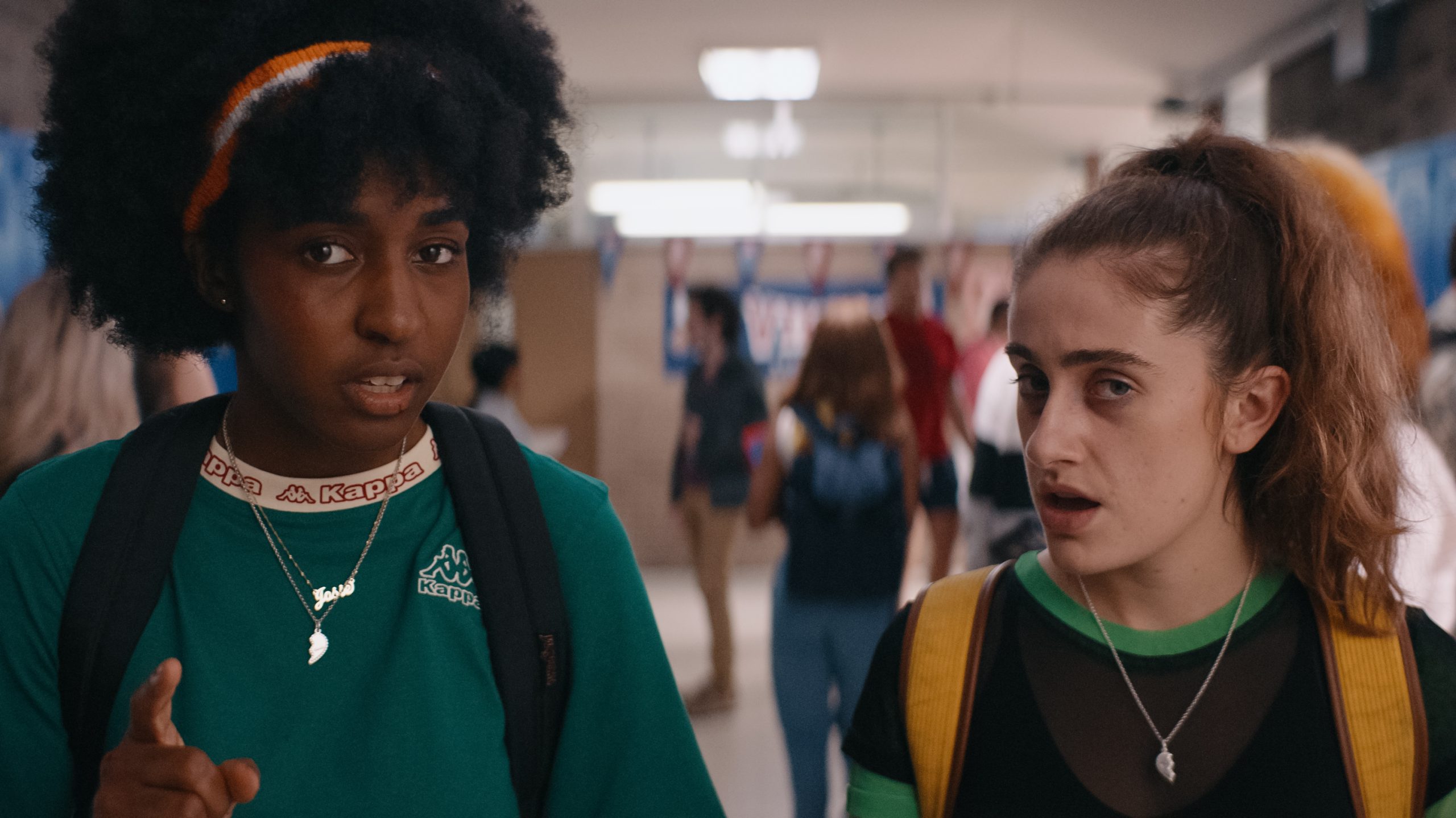Title: The Business of Bottoms: Market Trends and Consumer Preferences in Bottoms Apparel
Introduction:
Bottoms apparel constitutes a significant segment of the fashion industry, encompassing a wide array of garments ranging from jeans and trousers to skirts and shorts. Understanding market trends and consumer preferences in bottoms apparel is essential for fashion retailers and designers to meet the evolving demands of consumers. In this article, we delve into the business of bottoms, examining key market trends and discerning consumer preferences shaping the industry.
Market Trends:
1. Sustainability and Ethical Practices:
– With growing environmental consciousness among consumers, there’s a rising demand for sustainable and ethically produced bottoms apparel. Brands incorporating eco-friendly materials, such as organic cotton or recycled fibers, and adhering to ethical manufacturing practices are gaining traction in the market.
– Transparency regarding supply chain practices and commitment to fair labor standards are becoming critical factors influencing purchasing decisions in the bottoms apparel market.
2. Versatility and Functionality:
– Consumers seek bottoms apparel that offers versatility and functionality, allowing them to seamlessly transition from casual to formal settings. Garments with adaptable features, such as convertible pants or multi-functional designs, are increasingly popular.
– Bottoms with performance-enhancing features, such as moisture-wicking properties or stretch fabric, cater to consumers leading active lifestyles, further driving demand in the market.
3. Personalization and Customization:
– Personalization has emerged as a significant trend in bottoms apparel, with consumers seeking unique and customized options that reflect their individual style preferences. Brands offering customizable fit options or personalized embellishments are resonating with consumers seeking a personalized shopping experience.
– Customization extends beyond aesthetics to include functional aspects like inseam length adjustments or waistband customization, allowing consumers to tailor bottoms to their specific needs and preferences.
4. Digital Transformation and Online Retail:
– The bottoms apparel market has witnessed a significant shift towards online retail, driven by the proliferation of e-commerce platforms and digital technologies. Consumers increasingly prefer the convenience of shopping for bottoms online, aided by features such as virtual try-on tools and AI-powered size recommendations.
– Brands investing in omnichannel strategies and enhancing their online presence through engaging content and seamless shopping experiences are poised to capitalize on the growing demand for bottoms apparel in the digital realm.
Consumer Preferences:
1. Comfort and Fit:
– Above all, consumers prioritize comfort and fit when selecting bottoms apparel. Garments that offer a flattering fit, optimal comfort, and freedom of movement are highly sought after. Elasticized waistbands, adjustable features, and fabric with stretch properties are preferred for their comfort-enhancing attributes.
2. Style and Aesthetics:
– Style remains a crucial factor influencing consumer purchasing decisions in bottoms apparel. Trends such as high-waisted silhouettes, wide-leg trousers, and denim with vintage-inspired washes continue to resonate with fashion-conscious consumers.
– Versatile designs that can be easily dressed up or down appeal to consumers seeking wardrobe staples that transcend seasonal trends.
3. Quality and Durability:
– Consumers value quality and durability in bottoms apparel, expecting garments to withstand frequent wear and washing without compromising on integrity. Brands that prioritize craftsmanship, use durable materials, and employ robust construction techniques earn consumer trust and loyalty.
4. Value Proposition:
– While price remains a consideration for consumers, value proposition plays a significant role in purchasing decisions. Consumers are willing to invest in bottoms apparel that offers superior quality, durability, and functionality, even if it comes with a higher price tag.
– Brands that communicate their value proposition effectively, highlighting the benefits and features of their bottoms apparel, can justify premium pricing and differentiate themselves in a competitive market landscape.
Conclusion:
The bottoms apparel market is characterized by evolving trends and shifting consumer preferences, driven by factors such as sustainability, versatility, personalization, and digitalization. Fashion retailers and designers must stay attuned to these trends and adapt their strategies to meet the diverse needs and preferences of consumers. By embracing innovation, embracing sustainability, and prioritizing consumer-centric approaches, businesses can thrive in the dynamic landscape of bottoms apparel.



